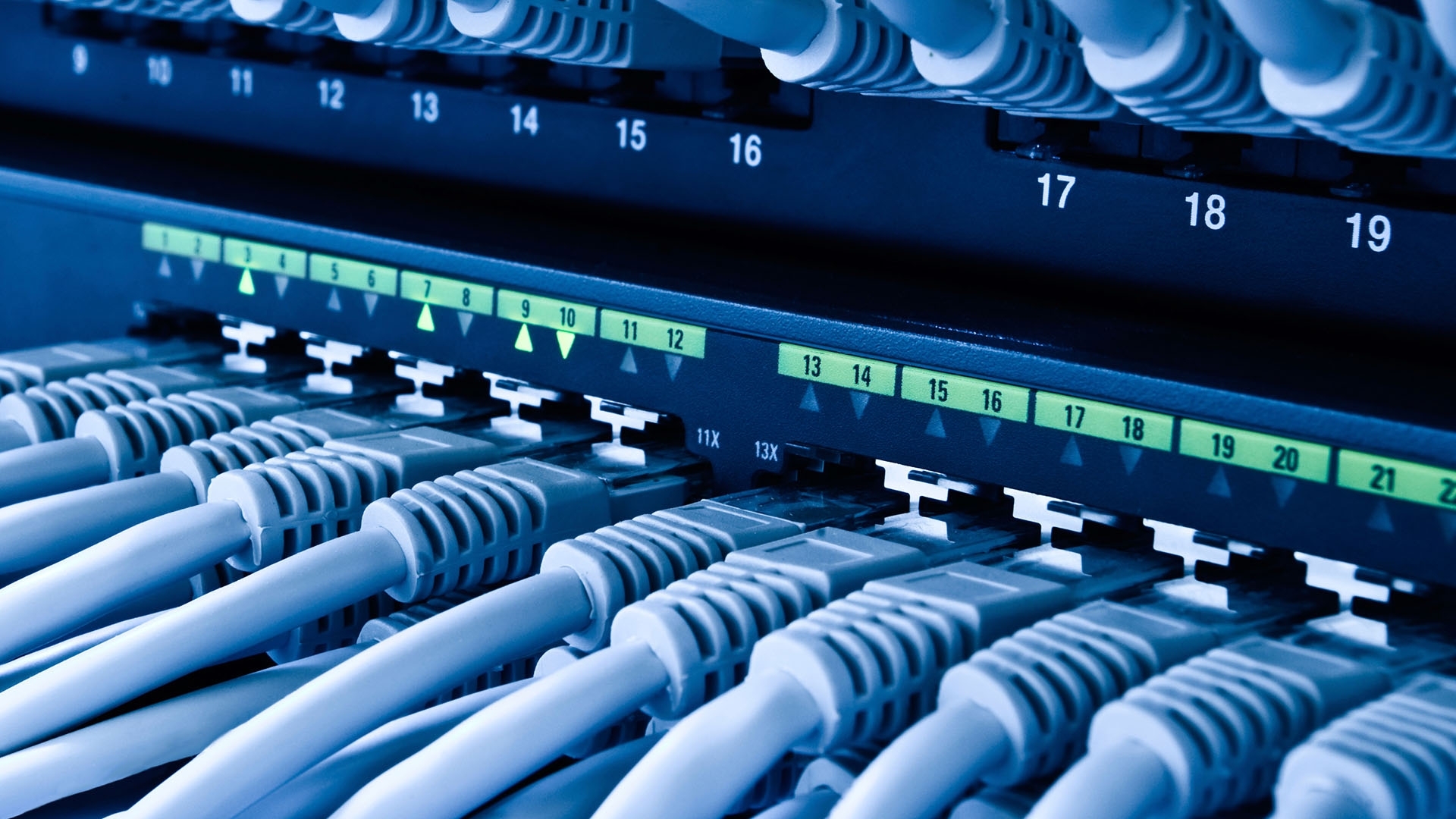- Related articles
- What is a single mode fiber?
- All Cisco CWDM-SFP-1310's information (List price, Specs, Compatibility matrix)
- All Cisco DS-X2-E10G-SR's information (List price, Specs, Datasheet PDF, Compatibility mat
- Why Do We Need Optical Fiber to Get to the “Cloud”?
- Applicable to 1000BASE-SX2 Standard Optical Transceiver Models
- Optical Transceivers for Cisco SF500-24P-K9-G5 Switch
- All Cisco ONS-SI-155-I1's information (List price, Specs, Datasheet PDF, Compatibility mat
- Optical Transceivers for Cisco N3K-C3172TQ-XL Switch
- Applicable to 1000BASE-EX Standard Optical Transceiver Models
- Optical Transceivers for Cisco WS-C3650-48FD-L Switch

In order to meet the demand for a faster data speed, the Ethernet has never stopped evolving since the 1970s. During the progress, the technology standard for local area networks (LANs) has been upgraded overtime and became increasingly mature. Nowadays, 10 Gigabit Ethernet (10 GbE) is one of the most commonly used Ethernet networks in the world. It is a group of computer networking technologies for transmitting Ethernet frames at a rate of 10 gigabits per second. The standards for 10 GbE were first defined by the IEEE 802.3ae in 2002 which include the physical layer specifications (PHY), types of physical media-dependent interfaces (PMDs), supported media and reaches. All the 10GbE standards are shown in the following table.

| Standard | Wavelength | Type | Distance | Media |
| 10GBASE-SR/SW | 850 nm | Serial | 300 m | MMF |
| 10GBASE-LR/LW | 1310 nm | Serial | 10 km | SMF |
| 10GBASE-ER/EW | 1550 nm | Serial | 40 km | SMF |
| 10GBASE-LRM | 1310 nm | Serial | 220 m | MMF |
| 10GBASE-LX4 | 1310 nm | WDM | 300 m10 km | MMFSMF |
| De-Facto ZR/ZW | 1550 nm | Serial | 80 km | SMF |
| 10GBASE-CX4 | / | 4 Lanes | 15 m | Twin Axial Copper |
| 10GBASE-T | / | Twisted Pair | 100 m | UTP |
| 10GBASE-KX4 | / | 4 Lanes | 1 m | Improved FR-4 Backplane |
| 10GBASE-KR | / | Serial | 1 m | Improved FR-4 Backplane |
Note: SMF stands for single-mode fiber and MMF stands for multimode fiber.
Here is the introduction to some commonly used 10GbE standards:
10GBASE-SR/SW
10GBASE-SR/SW is a port type for multimode fiber and uses 850nm lasers. The letter “S” stands for short reach, thus the standard is designed to be deployed in a short distance up to 300 m. In addition, both SR and SW fall under the S category of 10GBASE-S standard. They are basically the same thing. The only difference is that SR is designed for use over dark fiber and SW is used for SONET devices. Dark fiber is a kind of “unlit” fiber which is not connected to any equipment. And SONET is short for Synchronous Optical Network. It is a fiber optic transmission system for high-speed data communication over longer distance.
10GBASE-LR/LW
10GBASE-LR/LW is a port type for single-mode fiber and uses 1310nm lasers. The letter “L” stands for long reach, thus the standard offers a longer distance than multimode fiber of 10 km. This transmission range makes it possible for the LAN, WAN (wide area network) and MAN (metropolitan area network) deployment. Similar to the 10GBASE-SR/SW standard, 10GBASE-LR is employed for dark fiber while 10GBASE-LW is used to connect SONET equipment.
10GBASE-ER/EW
10GBASE-ER/EW is a port type for single-mode fiber and uses 1550nm lasers. The letter “E” stands for extended reach. This means that the transmission range is able to reach a greater distance up to 40 km. Therefore, 10GBASE-ER/EW standard is often used for WAN which requires a longer transmission distance. Also, according to the previous two standards, 10GBASE-ER is used to support dark fiber and 10GBASE-EW is capable to connect SONET devices.
Conclusion
The 10 GbE standards provide a solution for users to communicate in 10 GbE optical fiber networking without any obstacles. The standards define many aspects, such as transmission range, media, wavelength etc., in order to make the criteria more comprehensive in case of false transmission. To achieve 10G network connection, cozlink.com provides a wide range of cost-effective compatible transceivers compared with expensive original optics. cozlink.com’s 10G SFP+, 10G XFP, 10G X2 and 10G XENPAK are perfectly matched with products from other brands of Cisco, HP, DELL, etc. For more information, please visit cozlink.com.
How Do Gigabit Ethernet Cables Work?
Gigabit Ethernet cables are usually made up of multiple strands of copper wire that are twisted together to form a cable with four twisted wire pairs per cable. Data is transmitted along these pairs through electrical signals, with two pairs used to send information and two pairs used to receive information. The Electronic Industries Association and the Telecommunications Industry Association (EIA/TIA) define Ethernet cabling categories according to each type of cable's performance, as well as the network speed and frequency (or bandwidth) supported. Cat 5e and 6 Ethernet cables are designed for high speed Gigabit Ethernet, with Cat 6 cables able to support speeds of up to 10 Gbps.
How Do Optical Fiber Network Cables Work?
Optical fiber cables are made up of strands of optically pure glass that can be as thin as a human hair. These strands carry digital information with light instead of electrical currents. Strands are arranged in bundles called optical cabling. A transmitter converts electrical data into beams of light that travel along the fiber cable. A receiver converts the light information back into electrical data to be processed. Multi-mode optical fiber is used over short distances and can transfer data at rates of 10 Mbps to 10 Gbps.





















































